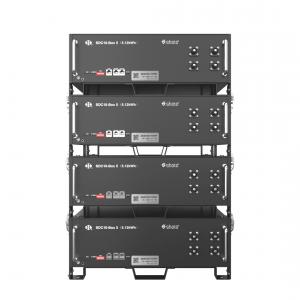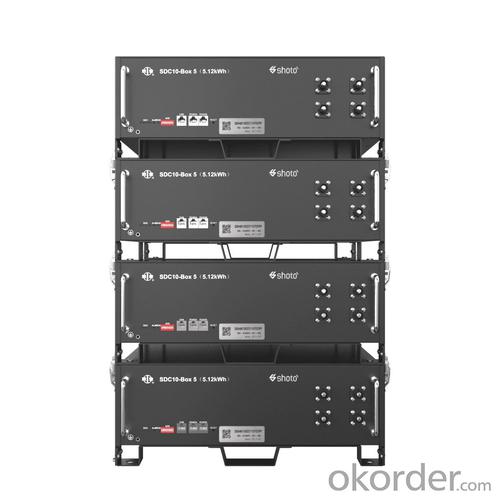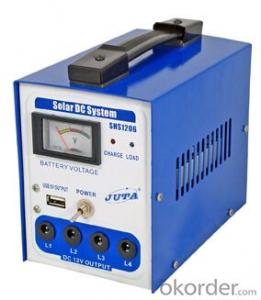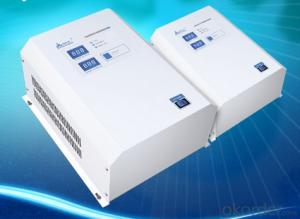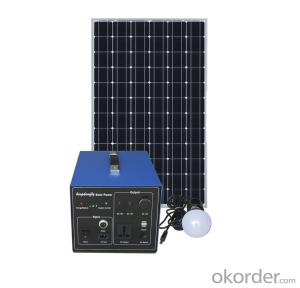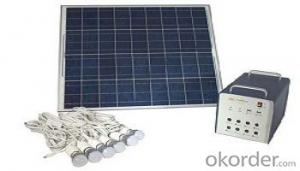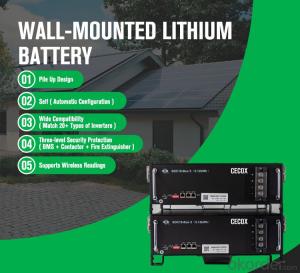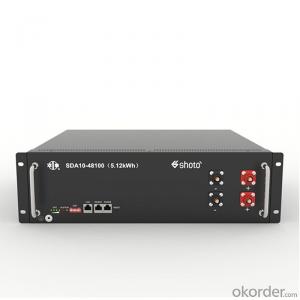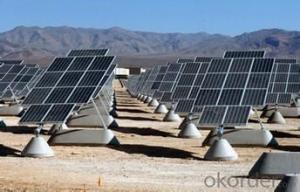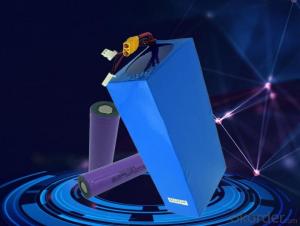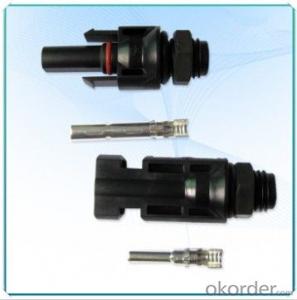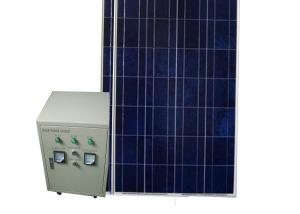Solar Energy Systems Skagit UL Certificate 5.12kwh Shoto 51.2V 100Ah 6000 Cycles @80% DOD 5 Years Warranty Lithium Battery
- Loading Port:
- SHANGHAI
- Payment Terms:
- TT OR LC
- Min Order Qty:
- 50 set
- Supply Capability:
- 5000 set/month
OKorder Service Pledge
Quality Product, Order Online Tracking, Timely Delivery
OKorder Financial Service
Credit Rating, Credit Services, Credit Purchasing
You Might Also Like
Specification
Application:
Home
Output Voltage (V):
51.2v
Introduction:
Solar energy preferably used by domestic appliances, and additional Energy is stored in battery.
During the day, when battery is fully charged, the additional energy produced by solar can be sold and fed into the public .
At evening, the energy stored in the battery supplies electriciity to the domestic appliances.
At night, when the energy stored in the battery is depleted, the public grid supplies energy to the domestic appliances.
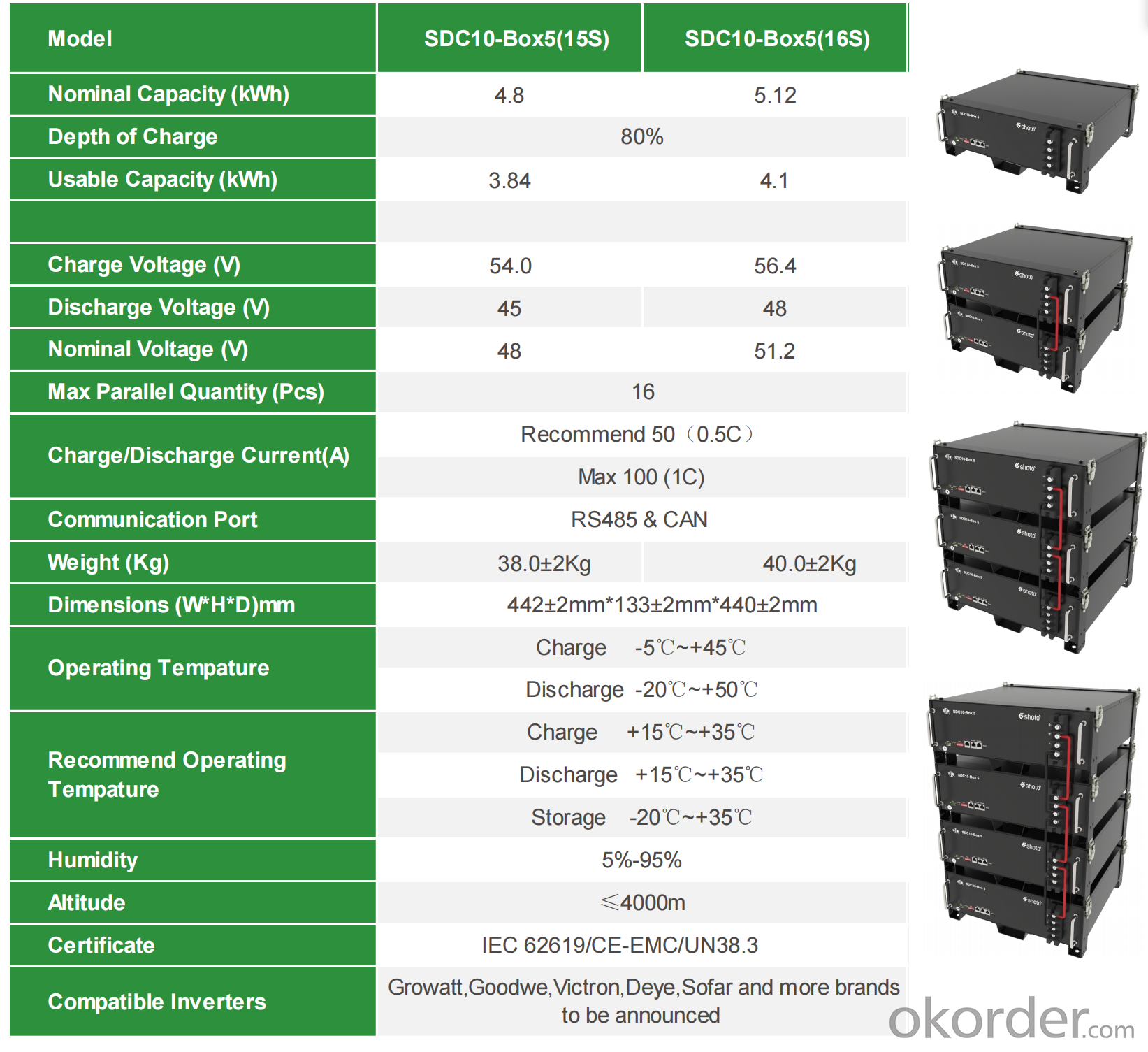
- Q: Can solar energy systems be installed on parking lots or carports?
- Yes, solar energy systems can be installed on parking lots or carports. In fact, these locations offer ample space for solar panel installations, allowing for the generation of clean and renewable energy while also providing shade for parked vehicles. This dual-purpose use of space is increasingly popular and beneficial in terms of reducing carbon emissions and utilizing underutilized areas for sustainable energy production.
- Q: Are there any health risks associated with solar energy systems?
- There are minimal health risks associated with solar energy systems. The main concern is the potential for electrical shock or fire hazards during installation or maintenance. Additionally, the production of solar panels involves the use of potentially harmful chemicals, although strict regulations are in place to minimize exposure. Overall, when properly installed and maintained, solar energy systems are safe and pose no significant health risks.
- Q: How do solar energy systems impact wildlife and ecosystems?
- Solar energy systems have both positive and negative impacts on wildlife and ecosystems. On the positive side, solar energy systems do not emit greenhouse gases or other pollutants, which helps to mitigate climate change and reduce air and water pollution. This is beneficial for wildlife and ecosystems as it helps to maintain a more stable and healthy environment for them to thrive. Moreover, solar energy systems require minimal water resources compared to other forms of energy generation, such as fossil fuel power plants or hydropower. This is particularly important in arid regions where water scarcity is a significant concern. By reducing water usage, solar energy systems help to preserve water resources, which are essential for the survival of various plant and animal species. Additionally, solar energy systems can be installed on already disturbed or degraded lands, such as rooftops and brownfield sites, minimizing the need for further habitat destruction. This approach can help to conserve natural habitats and protect biodiversity by preventing the conversion of pristine lands into energy infrastructure. However, it is important to acknowledge that solar energy systems can have some negative impacts on wildlife and ecosystems as well. Large-scale solar installations can disrupt local ecosystems during the construction and operation phases. This disruption may cause habitat fragmentation, displacement, or disturbance to certain species. For example, the clearing of vegetation and the placement of large panels can affect the movement patterns and nesting habits of birds and other animals. Furthermore, some solar energy systems use reflective surfaces that can potentially create glare, which may disorient or blind birds and insects, leading to collisions or other negative effects on their behavior and survival. To mitigate these negative impacts, careful planning and siting of solar installations are crucial. Environmental assessments should be conducted to identify and avoid sensitive habitats and migratory routes. Additionally, measures such as using bird-friendly designs, implementing wildlife-friendly fencing, and planting native vegetation around solar installations can help to minimize impacts and create wildlife-friendly habitats. In conclusion, while solar energy systems offer numerous environmental benefits, they also have the potential to impact wildlife and ecosystems. However, with proper planning and implementation, the negative impacts can be minimized, and the positive impacts on mitigating climate change and reducing pollution will outweigh any potential harm.
- Q: Can a solar energy system be installed on a flat roof?
- Yes, a solar energy system can be installed on a flat roof. In fact, flat roofs are often considered ideal for solar panel installations due to their unobstructed space and ease of installation.
- Q: Can solar energy systems be used for powering recycling facilities?
- Yes, solar energy systems can be used to power recycling facilities. Solar panels can generate electricity from the sun's energy, which can then be used to power the various operations and machinery involved in recycling processes. This renewable energy source helps reduce carbon emissions and makes recycling facilities more sustainable and environmentally friendly.
- Q: What is the role of charge controllers in a solar energy system?
- The role of charge controllers in a solar energy system is to regulate and control the flow of electricity between the solar panels and the battery bank. They ensure that the batteries are charged efficiently and protect them from overcharging or discharging, thus prolonging their lifespan. Charge controllers also prevent the solar panels from backfeeding into the grid during low or no-load conditions, ensuring safety and compliance with electrical regulations.
- Q: Can solar energy systems be used in agricultural applications?
- Yes, solar energy systems can be used in agricultural applications. Solar panels can be installed on farms to generate electricity for various purposes such as powering irrigation systems, running machinery, and providing energy for farm buildings. This helps reduce reliance on traditional energy sources, decreases costs, and promotes sustainable farming practices. Additionally, solar energy can be harnessed to heat water for livestock and crop processing, further enhancing the use of renewable energy in agriculture.
- Q: Can solar energy systems be used in areas with limited roof access for maintenance?
- Yes, solar energy systems can be used in areas with limited roof access for maintenance. In such cases, alternative mounting options like ground-mounted systems or solar canopies can be utilized, allowing for easier access and maintenance of the solar panels. These alternative solutions ensure that solar energy can still be harnessed effectively in areas where roof access is limited.
- Q: How do solar energy systems impact global warming?
- Solar energy systems have a positive impact on global warming as they provide a clean and renewable source of energy. By harnessing the power of the sun, solar systems reduce the dependence on fossil fuels, which are major contributors to greenhouse gas emissions. The use of solar energy helps to mitigate climate change by reducing carbon dioxide emissions and other pollutants, ultimately helping to slow down the progression of global warming.
- Q: What is the role of microinverters in solar energy systems?
- Microinverters play a crucial role in solar energy systems as they convert the direct current (DC) generated by individual solar panels into alternating current (AC) that is usable for homes and businesses. Unlike traditional string inverters, microinverters are installed on each solar panel, allowing for better system performance, increased energy production, and improved reliability as they mitigate the impact of shading or panel malfunctions. Additionally, microinverters enable real-time monitoring and optimize energy harvesting, making solar systems more efficient and cost-effective.
Send your message to us
Solar Energy Systems Skagit UL Certificate 5.12kwh Shoto 51.2V 100Ah 6000 Cycles @80% DOD 5 Years Warranty Lithium Battery
- Loading Port:
- SHANGHAI
- Payment Terms:
- TT OR LC
- Min Order Qty:
- 50 set
- Supply Capability:
- 5000 set/month
OKorder Service Pledge
Quality Product, Order Online Tracking, Timely Delivery
OKorder Financial Service
Credit Rating, Credit Services, Credit Purchasing
Similar products
Hot products
Hot Searches
Related keywords
